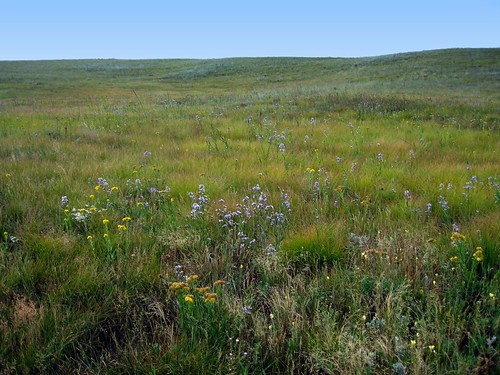Check with your state and county Ag Offices to see what grants you may qualify for!
- Minnesota Crop Research Grant Program—There is $2 million available for farmers in Minnesota who want to improve crop yields as well as the quality of the harvest. The proposal must be written in a way that will benefit the state of Minnesota’s economy or help out local farmers.
- RCPP Rice Stewardship Partnership Project—The USDA’s Natural Resources Conservation Service is offering grants to those who produce rice and have an idea on how to conserve water while promoting favorable habitats for waterfowl in the rice fields. This grant is only available to Louisiana farms.
- Grow Wisconsin Dairy 20×30 Program—Dairy farmers can apply for a grant that will help them address common issues like food safety, modernizing their operations and hiring the right staff. Applicants must be licensed dairy farmers.
- Community Food Projects Competitive Grant Program—Farmers can apply for a grant that will help increase the productivity of their farm through updated equipment and increase consumer access to the farm’s goods. Applicants must be part of a food program service provider.
- Indiana Livestock Promotion and Development Grants—Commissions and non-profits that are directly associated with the cattle, sheep, swine, horses, goat and a variety of other livestock can apply for a grant to help fund marketing programs. Research and study programs will also be eligible for funding.
- Western SARE Farmer/Rancher Grants—Individual farmers can apply for up to $20,000 in grants for experiments that will improve their impact on the environment as well as experimenting with ways to improve their operations in general. Applicants must be in the Western district.
- NCR SARE Farmer/Rancher Grant—Individuals in the North Central region can apply for a grant that promotes sustainable agriculture solutions. Each applicant can apply for a grant up to $7,500.
- NIFA Specialty Crop Research Initiative—Applicants can apply for a grant that addresses common issues with certain crops as well as how to breed, improve productivity and pollination issues. To apply, you must have a small business license, be a non-profit or be a part of a larger organization.
- Vermont Working Lands Enterprise Board Service Provider—$550,000 in grants is available to help fund projects that will improve Vermont’s local agriculture production. Applicants can apply for grants to improve existing structures, improve or purchase new equipment and research and development.
- California Specialty Crops Grants—If you are a farmer who is interested in growing one of the specialty crops on the USDA list, you could be eligible for a grant. However, the grant will not cover the startup costs that may include buying starts and seeds and specialty equipment.
- Missouri Beef Grants—Small to medium size ranches can apply for up to $20,000 in grant money to modernize their operation and potentially increase it. A variety of other grants are available that are all meant to increase beef production in Missouri.
- California Small Farm Conference Scholarship—This grant allows small farmers and ranchers to attend the conference at a reduced fee or free. The conference lasts 3 days and will give small farms a chance to network and learn from each other.
- Environmental Solutions for Communities Grant Program—This is an excellent way to help the environment by learning and researching sustainable ways of farming and ranching. Favor will be given to proposals that support community-based conservation practices.
- Minnesota Sustainable Agriculture Demonstration Grant Program—Farmers in Minnesota who are interested in coming up with new ways or improving existing practices that preserve the environment and resources can apply for a grant. Nearly $250,000 is available.
- Minnesota Livestock Investment Grant—Ranchers who invest at least $4,000 into buying new equipment or improve or build new structures for the production of livestock are eligible for a 10 percent reimbursement. Any ranchers that suffered a loss because of some disaster can also apply.
- Agricultural Reinvestment Fund—North Carolina landowners can apply for a grant that will allow them to invest in a new agricultural investment. Individual farmers can receive up to $8,000.
- Beginning Farmer and Rancher Development Program—You must be a part of a co-op or a college extension group to apply for this grant. It is designed to help teach the new generation of farmers to secure our future farms.
- New York State New Farmer’s Grant—Beginning farmers who have a plot smaller than 150 acres in New York can apply for funds. This is for new farmers who have less than 10 years farming the land and earn at least $10,000 a year selling their harvest.
- Organic Farming Research Foundation Grants—Farmers interested in going organic can apply for a grant. The grants are meant to help with the research and improvement of organic farming systems.
- Appalachian Grown Cost Share—This is a chance for farmers to get money to promote the food they grow in North Carolina. Money can be used to create packaging, labels or promotional materials
Grants for Beginning Homesteaders and Farmers


